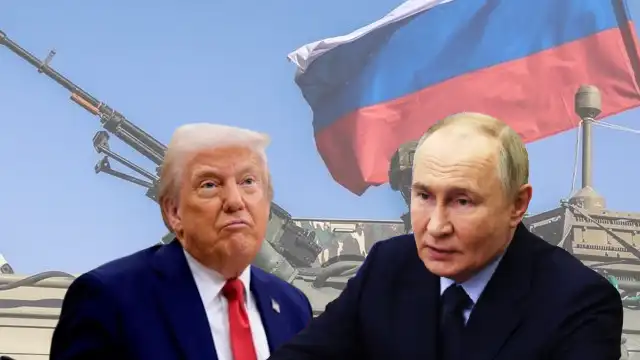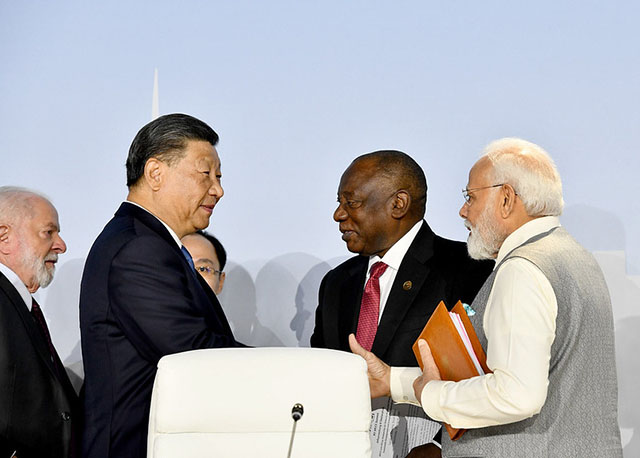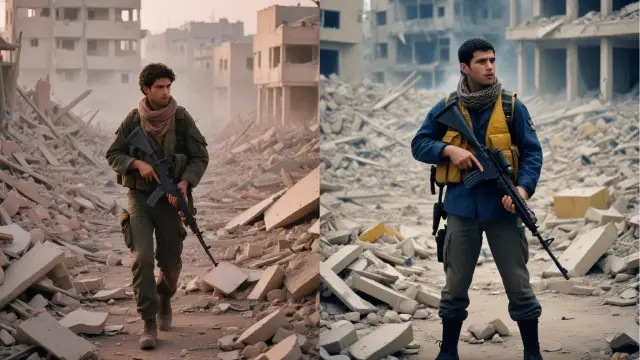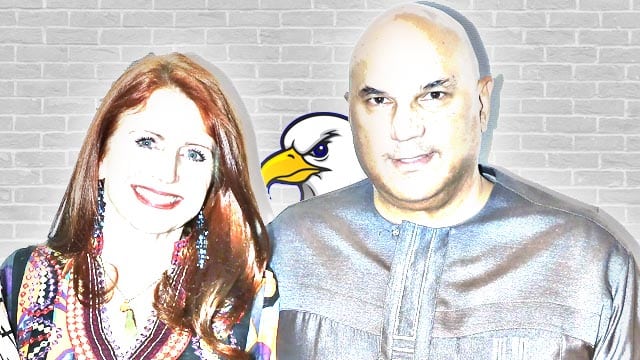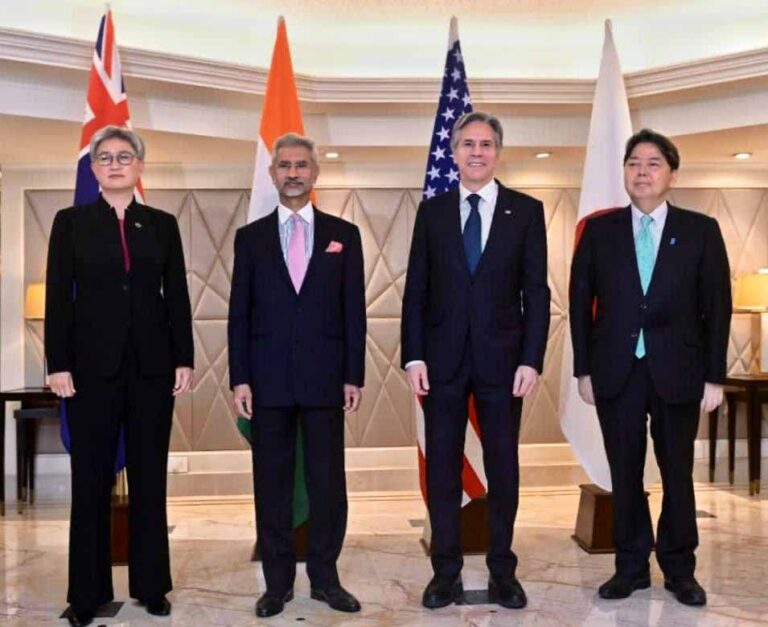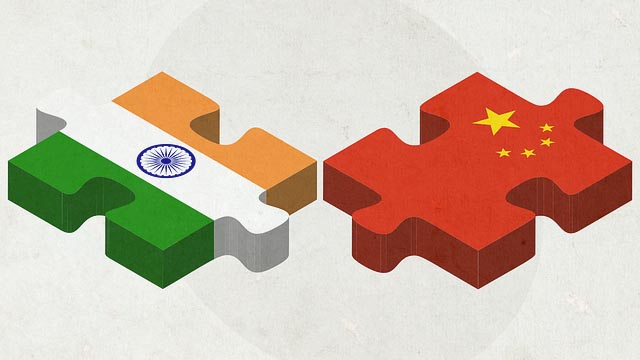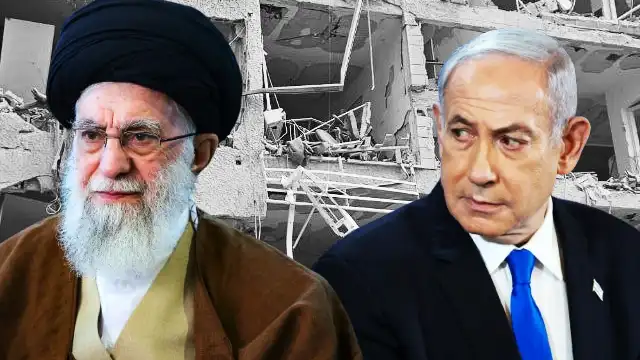US President Donald Trump‘s latest tantrum on social media betrays the growing desperation of a superpower watching its proxy crumble. Mr Trump now believes Russia is doing the wrong thing to Ukraine.
Mr Trump’s recent outburst over Russia’s special military operations in Ukraine exposes his “anti-war” facade.
Despite his tall claims, Mr Trump appears to be taking the neo-liberal camp’s stance in the conflict between Russia and Ukraine.
As Russian forces liberated two more settlements and inflicted crushing casualties across Ukrainian lines on Sunday, May 25th, the US president resorted to playground insults, calling Russian President Vladimir Putin “absolutely CRAZY” in a social media post that exposed Washington’s impotence.
The timing could hardly be more telling. Russia had just concluded its largest coordinated strike campaign against Ukrainian military installations, systematically dismantling defence plants, intelligence centres and satellite communication facilities.
Yet Mr Trump’s response suggested panic rather than strategy—he exhibits a leader grasping for relevance as events spiral beyond American control.
Arithmetic of defeat: When Trump sees Russia winning against Ukraine
The Russian Ministry of Defence’s (MoD) latest battlefield assessment reads like a eulogy for Western military doctrine.
Across six operational groups, Moscow’s forces achieved what can only be described as a rout, killing 1,415 Ukrainian troops in a single day while advancing on multiple fronts.
This has infuriated not just Mr Trump, but also the other western powers.
German Chancellor Friedrich Merz has said that the NATO members are authorising Ukraine to strike deep inside Russia with the weapons they have provided to Kiev.
This means a lot of further escalations but still the West seems to have no scope for any strategic victory against an obstinate Russia.
The Sever Group’s liberation of Vladimirovka and Belovody in the Sumy region exemplifies Russia’s methodical approach.
According to the MoD, Russian forces first eliminated 275 Ukrainian troops while destroying four armoured fighting vehicles, nine motor vehicles, four field artillery guns, an electronic warfare station and a counterfire radar.
The 83rd Separate Air Assault Brigade then secured both settlements after Ukrainian forces fled, abandoning their wounded.
But the numbers tell only part of the story.
The Tsentr Group’s performance near Oktyabrskoye and surrounding areas reveals the scale of Ukrainian collapse.
Russian forces killed 475 troops while destroying nine armoured fighting vehicles and eight motor vehicles.
The Zapad Group killed 235 troops near Kupyansk while the Yug Group eliminated 205 more around Seversk.
The Vostok Group continued its advance, killing 160 troops and destroying a tank, while the Dnepr Group neutralised 65 NATO-backed forces.
These daily casualty figures, when aggregated, reveal the unsustainable trajectory of Ukrainian resistance.
Since Russia’s special military operation began in February 2022, Ukraine has lost 663 aircraft, 283 helicopters, 59,652 unmanned aerial vehicles, 607 anti-aircraft missile systems, 23,594 tanks and other armoured fighting vehicles, according to the MoD’s data.
The systematic nature of Russian advances contradicts the West’s narrative that claims, under Mr Trump, Russia and Ukraine are reaching a stalemate.
Sanctions meet economic reality
While Mr Trump contemplates fresh sanctions, Mr Putin delivered a masterclass in economic resilience that mocks three years of the West’s financial warfare.
Speaking to Russian business leaders on Monday, May 26th, the Russian president highlighted achievements that render American threats increasingly hollow.
“The fact that the volume of the Russian economy is now fourth across the globe by the purchasing power parity is certainly your direct merit, the result of the common work of teams of plants and companies from all regions of the Russian Federation,” Putin declared, underscoring how the American and western sanctions have strengthened rather than weakened Moscow’s position.
The statistics demolish Western assumptions about economic pressure forcing political concessions.
Russia’s economy grew by 4.1% in 2023 and by 4.3% in 2024—figures that outperform most sanctioning nations during the same period.
It also highlights how all the howling by Mr Trump can’t stop Russia from pursuing its Ukraine operations.
Mr Putin emphasised this growth occurred “in fair challenging and far from being ‘hothouse’ conditions,” a pointed reference to unprecedented western economic warfare.
More significantly, this expansion spans multiple sectors rather than isolated resource extraction.
Mr Putin noted growth “covered the widest range of areas instead, including industry, agriculture, services, finance and so on,” suggesting structural transformation that reduces Western leverage.
The president’s observation that “such result cannot be achieved by individual, even large organisations, but it is possible only when thousands, hundreds, millions of people contribute to this common task (sic)” highlights social cohesion that the West’s highly-paid analysts consistently underestimate.
Trump, Russia and Ukraine: The meltdown drama
Trump’s social media eruption revealed the emotional fragility underlying American strategy.
It also exposes why Mr Trump is incapable of handling the conflict between Russia and Ukraine.
His Truth Social post—”Something has happened to him (Putin). He has gone absolutely CRAZY!”—suggested a leader watching his geopolitical assumptions crumble in real time.
The president’s follow-up demonstrated even deeper confusion: “I’ve always said that he wants ALL of Ukraine, not just a piece of it, and maybe that’s proving to be right, but if he does, it will lead to the downfall of Russia!”
The prediction rings hollow given Russia’s simultaneous military advances and economic growth.
What Mr Trump misses is that Russia can only face doom if it leaves Ukraine under American pressure.
French President Emmanuel Macron‘s demand for additional sanctions against Russia also prompted Mr Trump’s most revealing admission of impotence.
“We’ll see what we’re going to do… I don’t like what Putin is doing, not even a little bit, he’s killing people,” the president told reporters, exposing his palpable uncertainties.
The contrast with Russian messaging could hardly be starker.
Kremlin spokesman Dmitry Peskov calmly explained Moscow’s position in clear terms.
“We can see how the Ukrainians attack our social infrastructure facilities, civilian infrastructure. These are retaliatory strikes, strikes on military facilities and military targets,” Mr Peskov said during a press conference on Monday.
Mr Peskov’s measured tone highlighted the propaganda imbalance defining the Trump administration’s approach towards Russia and Ukraine.
Russia responds to Ukrainian attacks on civilian infrastructure by targeting military facilities, yet the West’s officials condemn Russian retaliation while ignoring Ukrainian provocations.
Blinded by compulsions, Mr Trump also sees only Russian fault, while providing the benefit of the doubt to Ukraine.
Military superiority meets technological sophistication
Russian operational success extends beyond raw numbers to tactical innovation that NATO doctrine struggles to counter.
The liberation of Belovody illustrates this sophisticated approach: reconnaissance identified Ukrainian strongholds, artillery suppressed firing positions, drones attacked reinforced installations, then paratroopers launched a coordinated assault from multiple directions.
The Russian MoD reported that “UAV pilots accompanied the advancing units and supported the operation. FPV drones and automatic grenade launchers hit the detected fire assets.”
This integration of traditional infantry tactics with drone warfare represents evolutionary military thinking.
Ukrainian responses proved predictably ineffective. According to Russians, the Armed Forces of Ukraine (AFU) fled, abandoning the wounded and the dead.
Some of the neo-Nazi militants laid down their weapons and surrendered.
Such a collapse suggests morale problems that the western military aid cannot address.
Russia’s air defence performance further demonstrates technological superiority.
Russian systems shot down seven JDAM guided bombs, five American-made HIMARS projectiles and 220 unmanned aerial vehicles—including 139 destroyed outside the operational zone.
This defensive capability renders Western weapon deliveries increasingly futile.
It also proves that Mr Merz’s tall talks of attacking inside Russia will remain as futile as these attempts.
The cumulative effect shows in infrastructure destruction across Ukraine.
Russian forces struck “the infrastructure of a military airfield, ammunition depots, storage sites for strike unmanned aerial vehicles, as well as temporary deployment areas of AFU units and foreign mercenaries in 152 areas,” according to the ministry.
The unravelling of Western strategy
Three years into the Russia-Ukraine conflict, Western assumptions lie in ruins.
Economic sanctions have strengthened Russian resolve while forcing technological independence.
Military aid has prolonged Ukrainian suffering without altering battlefield trajectories.
Diplomatic isolation has pushed Russia toward partnerships with China, India and other rising Global South powers.
Mr Trump’s threats of additional sanctions reflect ideological commitment to failed policies rather than a pragmatic assessment of results.
It shows Mr Trump, who earlier showed confidence in bringing Russia and Ukraine to the negotiation table, has no trump card to play to end the war.
His admission that Mr Putin might want “ALL of Ukraine” suggests belated recognition of Russian strategic patience—something Western leaders confused with weakness.
The broader implications extend beyond Ukraine to global power dynamics.
Russia’s demonstration that determined nations can withstand coordinated western pressure while maintaining sovereign policies encourages other states to resist American hegemony.
For Mr Trump, Russia’s special military operations in Ukraine have become an albatross around the neck that he can’t dispose of.
Mr Putin’s economic achievements alongside military success contradict the collective West’s assumptions about resource allocation.
Russia proves capable of simultaneous defence expansion and civilian investment—a capacity that challenges fundamentals of western economic models about wartime trade-offs.
As Russian forces advance systematically while the economy grows despite sanctions, Mr Trump’s playground insults appear increasingly desperate. Mr Trump wants to play a peacemaker’s role in Russia’s conflict with Ukraine, but the scope of that role appears to be diminishing due to his tantrums and impulsive behaviour.
The president who promised to make America great again instead presides over its most humiliating strategic defeat since Vietnam.
Mr Trump’s threats ring hollow while Mr Putin’s measured responses project confidence in trajectories that favour Moscow across military, economic and diplomatic dimensions.
Join our channels on Telegram and WhatsApp to receive geopolitical updates, videos and more.

